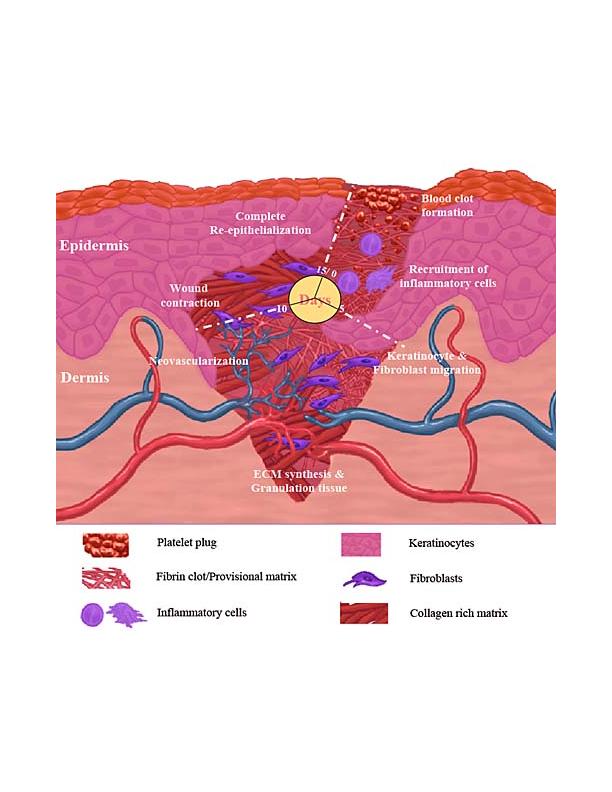Numerical
Analysis
Amit Gefen
Department of Biomedical Engineering
The Iby and Aladar Fleischman Faculty of Engineering
Tel Aviv University
Ramat Aviv 69978
Israel
Presenter at Delft Symposium on Mathematical Modeling of Wound Healing

Date: October 15, 2009. Location Pegasuszaal (Pegasus Lecture Room),
Kluyverweg 6, Delft University of Technology, Delft, the Netherlands.
Abstract
Computational studies of cell-level models of pressure ulcers
Deep tissue injury (DTI) is a pressure ulcer category indicating a serious wound, which typically involves necrosis of skeletal muscle and fat tissues under intact skin in the vicinity of a bony prominence, due to sustained tissue deformations. Considerable research efforts are currently invested in understanding the biological and biomechanical pathways for onset and progression of DTI. Recent experimental studies indicated the involvement of deformation-related events at the cellular scale. Nevertheless, the specific processes at the cell level which ultimately lead to DTI are still unknown. We hypothesize that sustained deformations of soft tissues due to bone compression may lead to cell death as a result of alteration in intracellular concentrations of cell metabolites that occur due to local plasma membrane stretches. Two-dimensional and three-dimensional (3D) models of myoblast and fibroblast cells cultured in a culture dish, as well as of a construct of cells embedded in extracellular matrix (ECM) were developed. Finite element analyses of the compressed cell models were conducted in order to study localized plasma membrane stretches in the deformed cells. Models were compressed by a rigid plate, up to maximal global deformations of 65% for myoblast, 35% for fibroblast, and 45% for the tissue construct. The large deformation theory was used to calculate maximal local principal strains in the plasma membrane of the cells, as function of the global deformation applied to the cells. Compressing the cells caused large tensional strains in segments of the plasma membrane, consistently in all the models. The 3D models, representing real cell geometries which were extracted from confocal microscopy, exhibited maximal tensional strains of approximately 20% in localized membrane sites, for global cell deformations of 35%. The results support our hypothesis that substantial tensional strains are generated in the plasma membranes of cells adjacent to weight- bearing bony prominences, due to bone compression. Relating localized membrane strains in deformed cells with altered mass transport into the cytosol and outwards to the ECM is a new and promising path in DTI research and pressure ulcer research at large, which should be explored further.
Back to home page of Delft Symposium
Last modified: August 9, 2009, by Fred Vermolen

